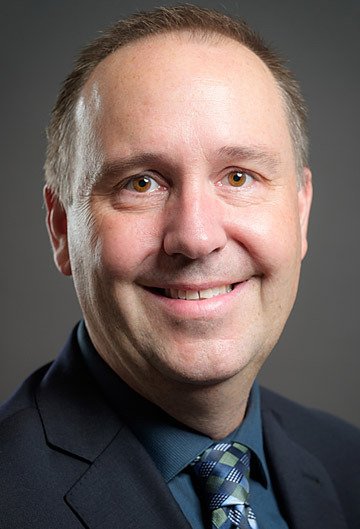The new school year in B.C. is the start of a three-year transition to a new curriculum that Education Minister Mike Bernier says will emphasize “hands-on” learning.
The new curriculum is being phased in this year for Kindergarten to Grade 9, with higher grades still in development. Bernier said this year it will be up to local school districts and teachers to begin implementing it before it becomes mandator in the fall of 2016. Grade 10-12 curriculum is to be mandatory in 2017.
Bernier, the Peace River South MLA appointed education minister this summer, said he’s heard from teachers who are looking forward to a curriculum that allows more flexibility and individual learning. He stressed that basic skills of reading, writing and arithmetic will remain, but students will also be taught life skills, communication, collaboration and critical thinking.
Two areas of emphasis for the new curriculum are environmental education and an aboriginal perspective, which Bernier said will be present in “every single component in the curriculum.” Local schools are encouraged to work with aboriginal communities across the province to represent the full diversity of aboriginal experience, he said.
Hands-on learning is already in place in schools, and Bernier used the example of a shop teacher in his home town of Dawson Creek who encouraged students at risk of dropping out to take his course. They learned mathematics and physics through taking motors apart and reassembling them, he said.
Bernier invited parents to look for themselves at grade-by-grade documents posted here, listing learning standards and areas of emphasis.
In the science curriculum, for example, students are to be taught “big ideas” that in grade one include “observable patterns and cycles occur in the local sky and landscape.”
By Grade 7, they are to learn at “Earth and its climate have changed over geological time.”
Science competencies required by grade seven include the ability to “exercise a healthy, informed skepticism and use scientific knowledge and findings for their own investigations to evaluate claims in secondary sources” such as media reports.
By that time they should be able to identify possible sources of error in their investigations, understand qualitative and quantitative evidence and “demonstrate an an awareness of assumptions … and bias in their own work and secondary sources.”
